The United States’ border policies are not working—for anyone.
Communities across the United States are struggling to make ends meet while they see billions of their taxpayer dollars fuel policies at the border that have created heartbreaking human rights and humanitarian crises in communities across the country, from small towns to big cities. Brave, resilient families and individuals are arriving at the U.S. southern border to exercise their right to seek safety and seek a new life where they follow their dreams and contribute to their new communities only to be thrust into a broken system that prolongs and profits off their suffering.
The United States is abandoning decades-old international obligations to uphold the human right to seek asylum and not send people back to the very harms that they fled. Decades of Congressional inaction, pitting of communities against each other, and political mudslinging have failed to produce any solutions that work for communities – neither those who have called the United States home for generations or those arriving at our borders with dreams.
Pledge to support a human rights approach to U.S. border policies!
Endorse the Human Rights for the Border Blueprint on behalf of your organization.
In this pivotal election year, the rights of immigrants and people seeking safety have been thrown around like a political football, and the world is watching to see if the U.S. will protect the human rights and human dignity of migrants or turn its back on those who are most vulnerable.
There is a better way to guard the safety and dignity of all our communities.

The 6 Principles of our Human Rights Blueprint for the Border

1. Stop the demonization of people seeking safety and let borderland communities lead
Borderland communities are safe, vibrant, and full of the solutions to the issues facing their communities, issues beyond immigration and asylum, like access to healthcare, reproductive justice, housing, quality education, and more.
They have seen billions of taxpayer dollars invested in walls, militarism, and surveillance in their communities, and had their communities shaken by hate-fueled violence, all the while left to organize themselves to welcome the newcomers arriving at their doorsteps in beautiful, dignified ways.
From small towns along the border to big cities like San Diego and El Paso, borderland communities have built systems to welcome people released from government custody, shelter them, meet their immediate needs, and help people reunite with their families and communities across the country. In cities like Brownsville, Texas, Nogales, Arizona, and San Diego, California, communities have built binational humanitarian programs to serve people seeking safety on both sides of border and accompanying them to seek asylum in the United States.
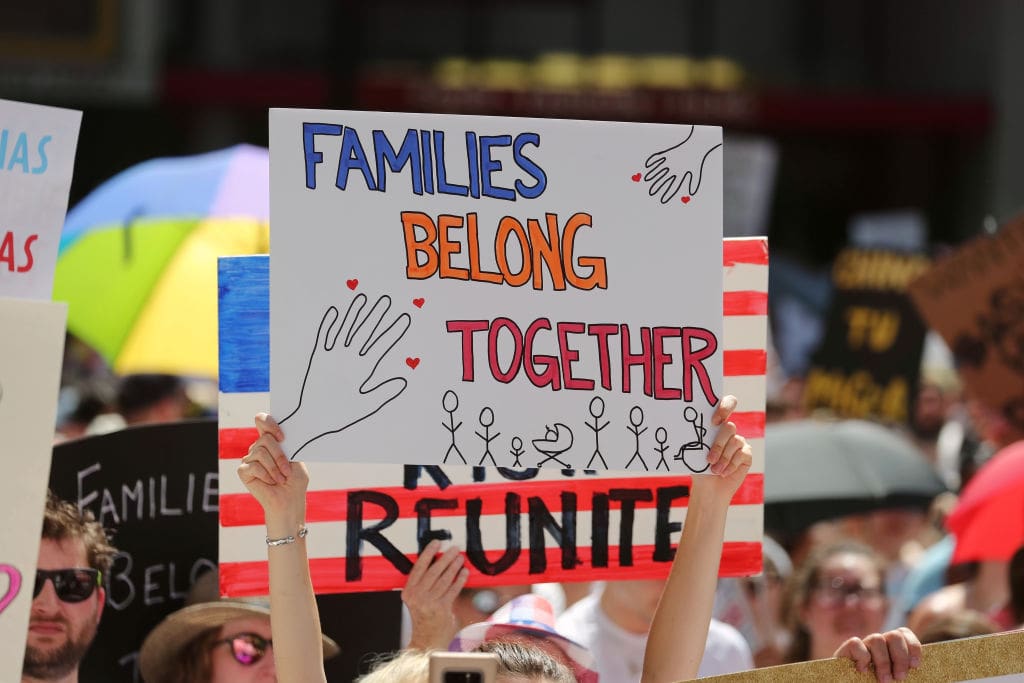
In 2022, more than 108 million people were forcibly displaced worldwide. And despite narratives about “invasions” and restrictions on the United States’ capacity to welcome, the U.S. actually gave permanent or temporary protection to less than 2% of that global number. And while 3.2 million people requested to enter the United States asylum process at the U.S. Southern border in fiscal year 2023, the U.S. is still not even in the top ten countries receiving refugees and asylum seekers.
The U.S. is not failing to find solutions because it has limited capacity, too few resources, or too many people coming; it is because our leaders prefer to score political points from racist, white supremacist rhetoric than actually listen to borderland communities and invest in solutions that work.
The demonization of immigrants and people seeking safety has only resulted in the cruel, racist policies that fuel the chaos at the border and in communities across the United States.
The United States must stop the years-long trends of increasingly draconian policies that violate the human rights of people seeking safety, fuel violence against Black, brown, and Indigenous communities across the U.S., and exacerbate the shortfalls and increase dysfunction under our current system. Solutions that abide by human rights obligations, include the voices and experiences of borderland communities, and respect the shared strength that comes from welcoming people seeking safety are effective, fair, and ultimately save taxpayer dollars to be reinvested in policies and programs that lift up all of our communities.
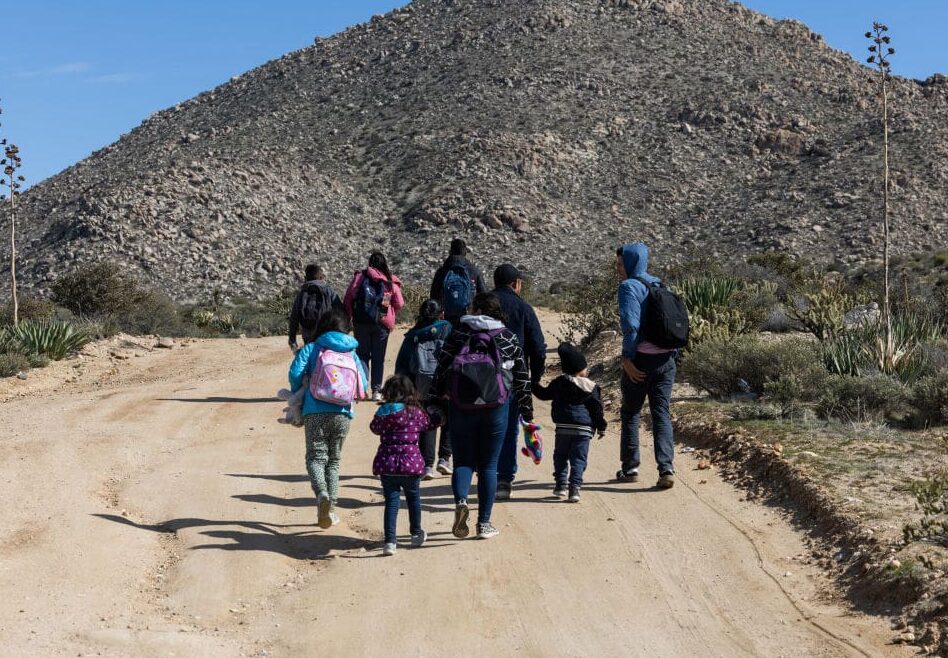
2. Restore and protect access to asylum at the border
Seeking asylum is a human right under both U.S. and international law, yet over the past decade that right has been chipped away under a series of deterrence policies that aim to block people from exercising that right.
Importantly, these policies have not stopped people from coming, because people seeking safety are trying to save their lives and are determined to find safety. Instead, they have forced people to make more dangerous routes to come to the U.S. and fueled criminal actors in Mexico who have constantly adapted to U.S. border policies to exploit and endanger people seeking safety.
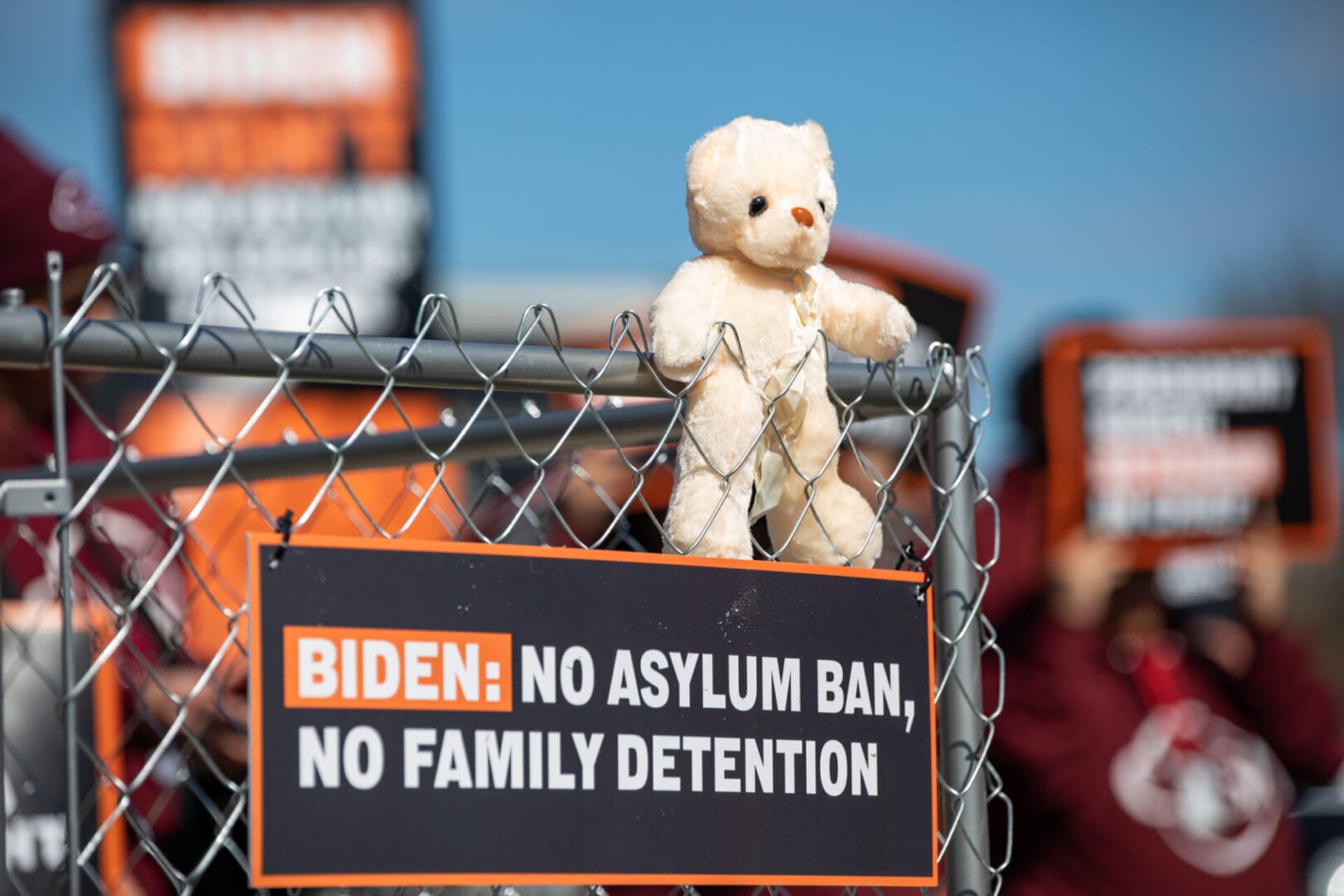
Border resources are instead devoted to responding to people seeking safety all over the border, rather than allowing them to seek protection in a dignified, orderly fashion. In recent years, policies have forced people to wait in Mexico until they have an opportunity to come to the U.S., further exacerbating the targeting and violence against people seeking safety in Mexico, particularly Black, Indigenous, and LGBTQI people.
People must have access to seek asylum regardless of how they enter the country, period. Modernizing and investing in capacity at ports of entry allows people to walk up in a safe, orderly manner and be processed expeditiously, and stops forcing people to cross via dangerous routes at the hands of criminal actors.
The United States must invest in U.S. Customs and Border Protection’s (CBP) Office of Field Operations to capacitate and staff ports of entry along the border to quickly and effectively process people seeking safety without having to wait in Mexico or be denied access to ports; expand the number of appointments available in the CBP One mobile application and ensure that it is not mandatory; end all policies that punish asylum seekers for their manner of entry; and invest in programs so people can proceed with their asylum claims in communities supported by lawyers, social workers, and their community, not in abusive and costly cages or jail cells.
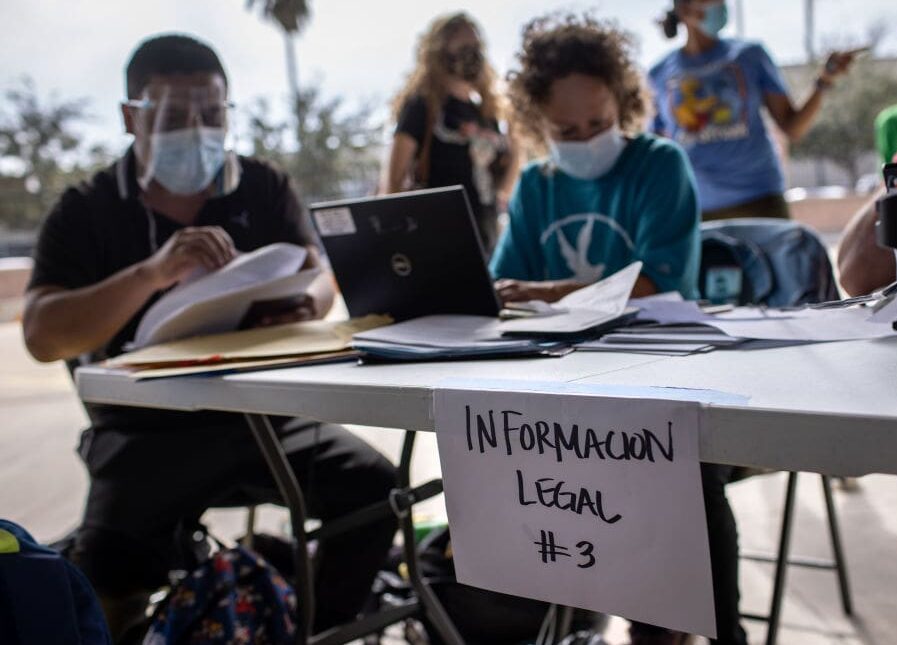
3. Create and fund a system that is efficient, fair, and effective for justly adjudicating asylum claims
A system with years-long backlogs and constantly shifting priorities does nothing to protect people seeking safety or promote a system that is fair and effective.
Immigration courts and U.S. Citizenship and Immigration Services (USCIS) are understaffed and underfunded, which hinders people’s ability to have their cases swiftly considered and processed, secure work permits to begin working and contributing to their new communities, and results in system-wide slowdowns.
Like how people facing criminal proceedings have a right to a government-funded attorney if they can’t afford one, so should people in immigration proceedings. This would help reduce delays in immigration court, speed up case processing, protect the right to due process, and help people comply with their immigration obligations because they fully understand them.
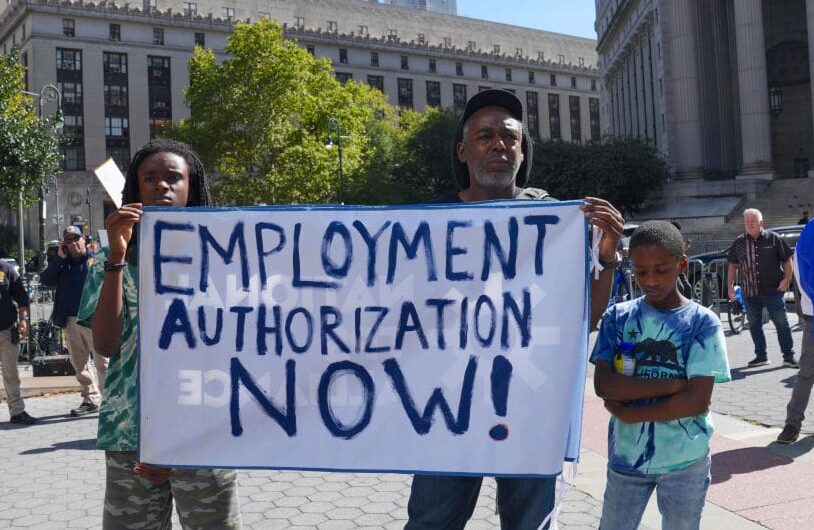
A functioning immigration court and USCIS that are properly funded and staffed, where people have lawyers to help them in the process, not only helps with the strain at the border but would benefit the entire immigration system and the families, communities, and industries that rely on it functioning.
The United States must fully fund USCIS to hire staff and add capacity to adjudicate asylum claims in a timely manner, including allowing for more asylum cases to be granted by asylum officers to avoid unnecessary referral to immigration court, and end the backlogs for asylum, work permits, and other immigration benefits; fund immigration courts to hire more judges, staff, and interpreters; end counterproductive policies like Enhanced Expedited Removal and fast-track court dockets that only lengthen already long backlogs and reduce fairness; and ensure all people in immigration court have a right to counsel by funding attorneys for all indigent people in immigration court.
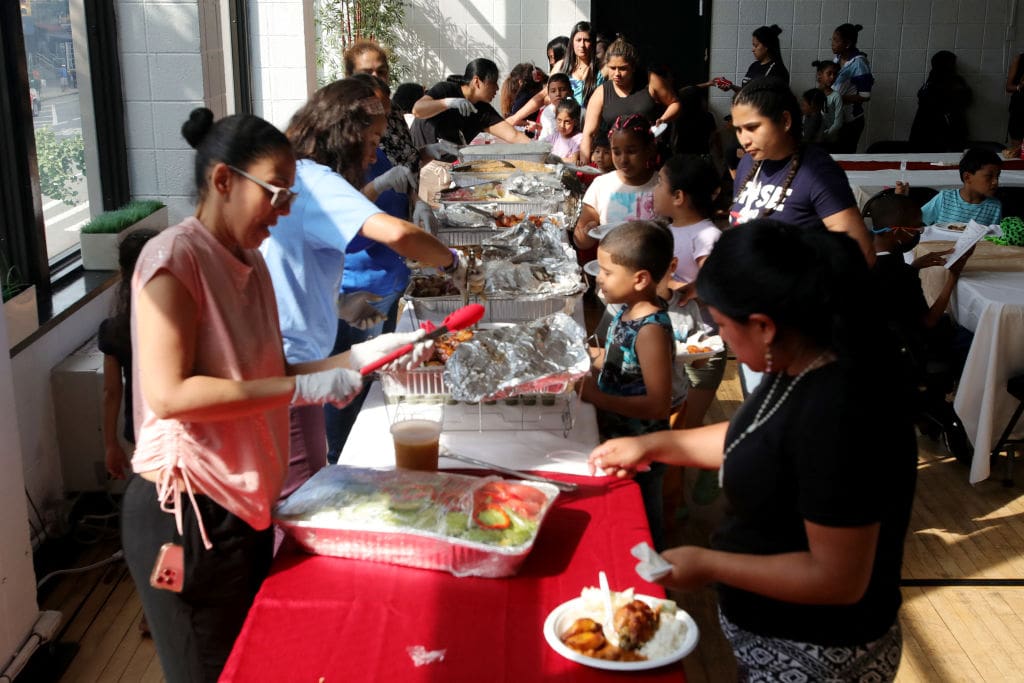
4. Invest in a welcoming infrastructure that works for people seeking safety and local communities at the border and across the United States
Communities across the country are struggling to provide adequate housing, schooling, health, and care for their residents – both new arrivals and long-term community members.
Border walls, mass surveillance, cages, and detention centers are billion-dollar industries that fail to give communities the resources they need to thrive or help people seeking safety access the tools they need to navigate and comply with their immigration court requirements.
Local governments and community organizations at the border have been working for years to build a welcoming infrastructure that eases capacity restraints on border agencies, prevents releases into the streets of border cities, educates new arrivals about their immigration responsibilities, and helps them stay off the streets and get connected to their friends, families, and new communities in the United States.
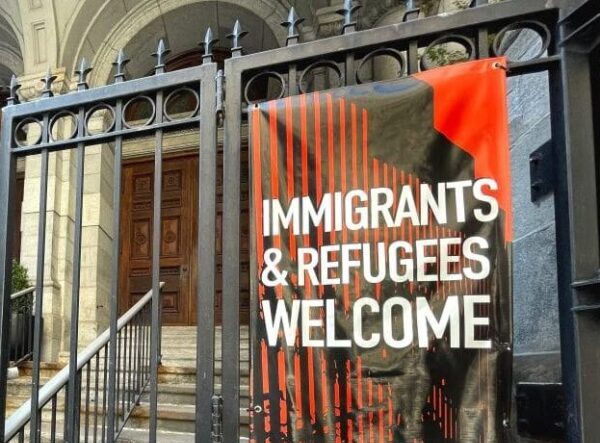
A coordinated and funded welcome and reception system that meets the immediate and long-term need of people seeking safety would cut the chaos and disfunction at the border and in big cities in the U.S., while meeting the needs of state, local and tribal communities who can reap the windfall benefits of new federal funding avenues, spending power of new arrivals, and new tax revenue.
And across the country, programs that provide people seeking safety with access to case management, legal assistance, and social services have been proven to be more cost effective than expensive detention programs and ensure people are able to comply with their immigration requirements. Further, new arrivals can meet the unmet needs of local economies, fill labor shortages, and greatly contribute to their new communities in ways that benefit all residents – both new and old.
The United States must robustly fund the Shelter and Services Program that funds local governments and community organizations to provide immediate reception services to people seeking safety; expand the Case Management Pilot Program to provide a voluntary, case management program to people seeking safety; and establish and fund a Destination Reception Fund to send federal dollars to state, local, and tribal communities to establish and expand medium-term reception programs that promote self-sufficiency of newcomers and bolsters local capacity to ensure new and old community members have what they need to thrive. The United States must also direct a whole of government approach to welcome that includes a new White House position and a new DHS office to coordinate intra-agency and inter-governmental efforts to welcome people seeking safety. The U.S. can no longer do this in a piecemeal, uncoordinated fashion.

5. Expand humanitarian pathways to the United States and strengthen regional protection mechanisms for people seeking safety.
Seeking asylum at the U.S. Southern border is extraordinarily dangerous, and people wouldn’t make that dangerous trip if there were viable alternatives.
Many of the people who are arriving at the border today have actually fled their homes years ago and have attempted to seek safety elsewhere, only to face new persecution and insecurity.
Politicians who are myopically focused on lessening the number of people arriving at the U.S. border to seek safety have spent decades on deterrence policies that aim to make the process of seeking safety at the border so difficult in the hope that many would give up or would be deported without a fair chance to make a protection claim.
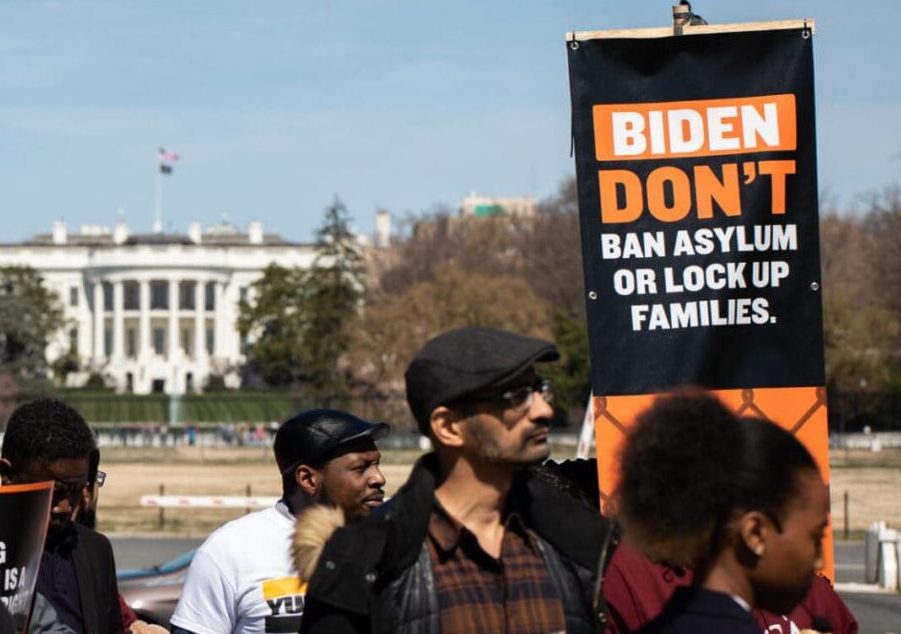
Yet programs like the Cuban, Haitian, Nicaraguan, and Venezuelan Parole Program, which provided a humanitarian pathway to people with passports and sponsors in the United States, significantly reduced the numbers of people from those countries arriving to the border exactly because they had an alternative route to safety.
People seek safety at the border because they don’t have another way to safety. Expanding humanitarian pathways like innovative humanitarian parole programs and the U.S. Refugee Admissions Program and strengthening and developing protection mechanisms ensures that people can seek safety in a safe, orderly fashion.
The United States should invest heavily in domestic and international refugee resettlement capacity, including by continuing robust funding to UNHCR; continue and expand innovations in refugee resettlement such as the community sponsorship model; expand and increase capacity for humanitarian parole programs; invest in Safe Mobility Offices in the region and expand resettlement eligibility; and work with partner states in the region and internationally to expand protection and resettlement capacity globally. Importantly, these protections must supplement, not supplant access to asylum at the border. There should be no more tradeoffs between those who can access alternatives and punishing those who cannot.
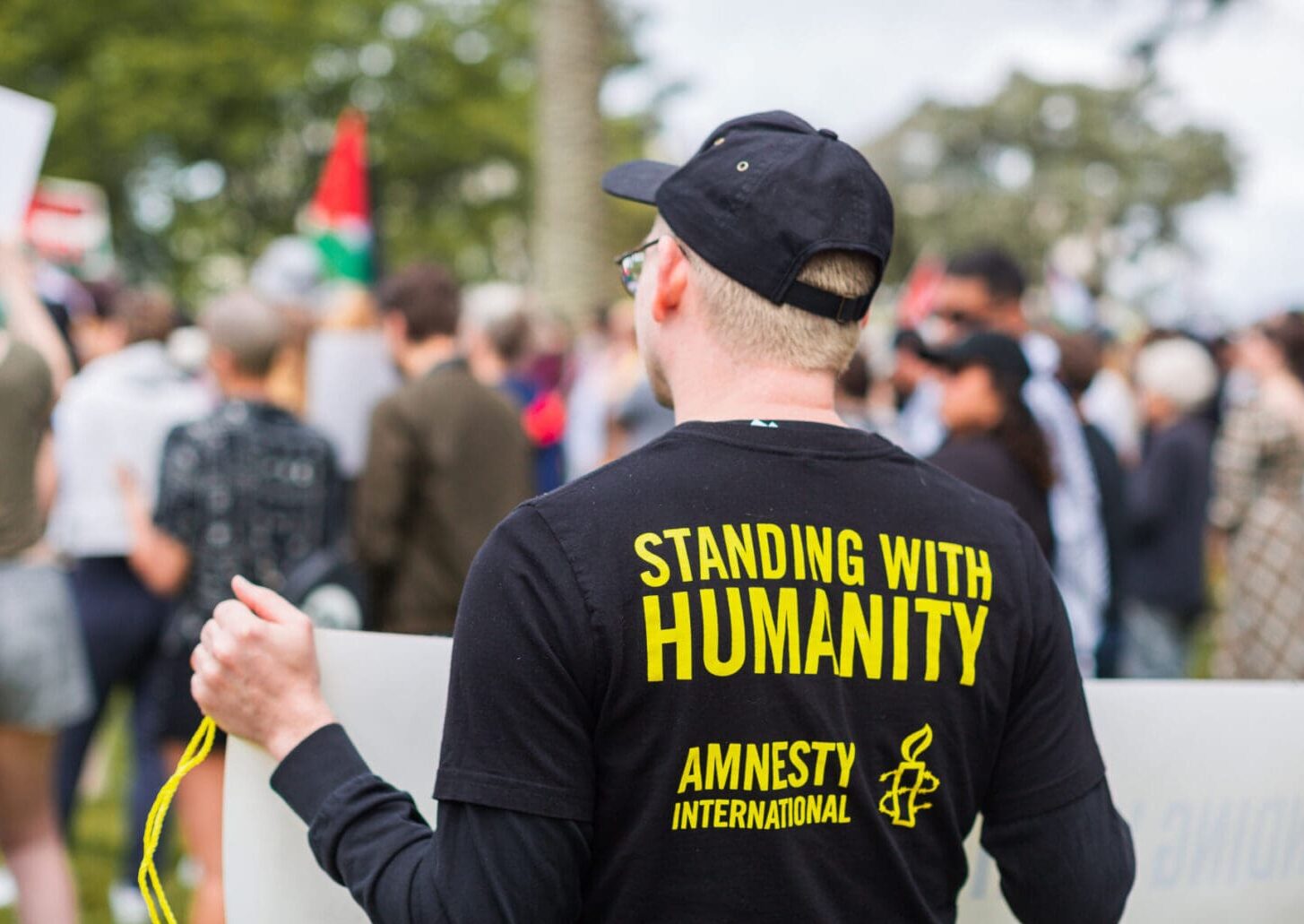
6. Recognize our shared humanity by upholding human rights worldwide so people are not forced to flee
No one makes the decision to leave their home lightly.
It is a deeply personal decision that people make, too often because they fear for their lives, they see no future, and feel like they have no other choice. This happens around the world as people are fleeing human rights violations, war, persecution, the effects of the climate crisis, violence, and insecurity and are searching for the values we all hold dear: dignity, freedom, and safety.
The real solution to reduce the number of people seeking safety is to change the underlying conditions that force people to flee. Advancing human rights in U.S. foreign policy addresses the root causes of forced migration.
The United States should advance human rights worldwide by centering human rights in diplomacy; raising concerns about the human rights records of other countries’ governments, including ally governments; ensuring that U.S. support, including funding, does not enable violations of human rights or humanitarian law; and by funding a robust human rights ecosystem that includes sufficient staffing of the State Department and the key roles that monitor and advance human rights around the world, as well as consistent funding for and engagement with multilateral institutions to advance human rights globally.
Read the entire “Human Rights Blueprint for the Border.”
Will we elect leaders who will actively protect human rights here and worldwide – or leaders who will deny them?
Amnesty International USA is a non-partisan organization urging candidates and elected officials to protect everyone’s human rights and advance a better future for all. We are urging candidates and elected officials to embrace a human rights platform that protects our human rights. That includes protecting the rights of immigrants and people seeking safety, whether they have been here for years or are arriving at our borders today.
Endorse the Human Rights for the Border Blueprint as an individual.
Endorse the Human Rights for the Border Blueprint on behalf of your organization.

